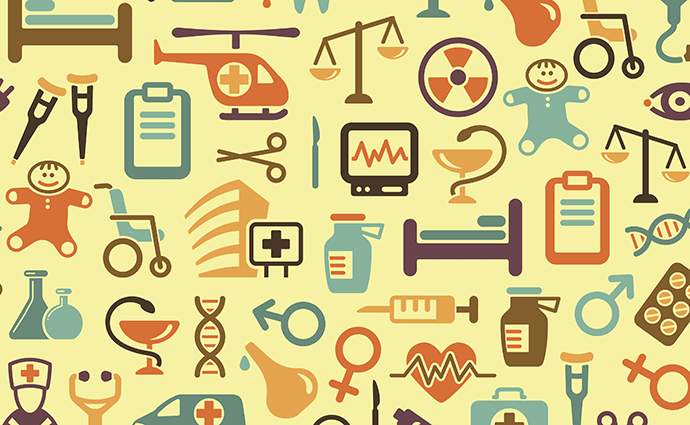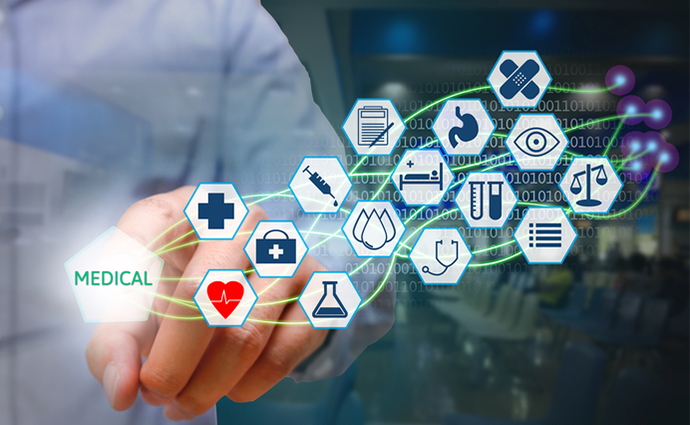SPONSOR: CardioComm Solutions (EKG: TSX-V) – The heartbeat of cardiovascular medicine and telemedicine. Patented systems enable medical professionals, patients, and other healthcare professionals, clinics, hospitals and call centres to access and manage patient information in a secure and reliable environment.

mHealth Market growing due to increasing chronic disease menace according to a new research report

- The mHealth market is predicted to grow at a CAGR of 33.5% during the forecast period.
WhaTech Channel: Medical and Health
The increasing usage of smartphones and connected devices and surging geriatric population, prevalence of chronic diseases, focus on patient-centric healthcare services, and demand for remote patient monitoring services are driving the adoption of mobile health (mHealth). The mHealth market size generated $23.0 billion in revenue in 2017, which is predicted to grow at a CAGR of 33.5% during the forecast period (2018–2023), to ultimately reach $132.2 billion by 2023.
The term refers to the provision of healthcare services via mobile phones and other telecommunication devices.
Blood glucose monitors, blood pressure monitors, multiparameter monitors, electrocardiograph (ECG) monitors, sleep apnea monitors, and pulse oximeters are among the various connected devices available. Among these, blood glucose monitors are expected to experience the fastest growth in the market, at a CAGR of 31.9%, during the forecast period.
This would be due to the growing prevalence of diabetes, as a result of the changing lifestyle and food habits of people across the world.Blood glucose monitors, blood pressure monitors, multiparameter monitors, electrocardiograph (ECG) monitors, sleep apnea monitors, and pulse oximeters are among the various connected devices available. Among these, blood glucose monitors are expected to experience the fastest growth in the market, at a CAGR of 31.9%, during the forecast period.
This would be due to the growing prevalence of diabetes, as a result of the changing lifestyle and food habits of people across the world.
The rising incidence of chronic diseases, including diabetes, cancer, stroke, heart diseases, and chronic obstructive pulmonary disease (COPD), is one of the key mHealth market growth drivers. Patients suffering from such conditions need continuous monitoring and strict adherence to medication schedule.
With mHealth devices and apps, patients can not only monitor their own condition, but also receive timely advice from their doctors, without having to go anywhere. In addition, several mHealth apps alert patients about any anomalies and drug dose time.
The availability of 3G and 4G internet is also leading to the rising adoption of smartphones, which, together with the increasing awareness on the advantages of mHealth, is driving the market. Additionally, mobile devices are increasing penetrating across developing regions; as per the 2017 African Mobile Trends Paper, 960 million people or around 80% of the African population were mobile phone subscribers.
Further, the U.S. Food and Drug Administration (FDA) had claimed that around half of the total 3.4 billion smartphone and tablet users would download healthcare apps in 2018.
Therefore, as more people purchase mobile communication devices and realize their advantages in the area of health and wellbeing, the market for mHealth will keep prospering.
Source: https://www.whatech.com/market-research/medical/635295-mhealth-market-growing-due-to-increasing-chronic-disease-menace-according-to-a-new-research-report





